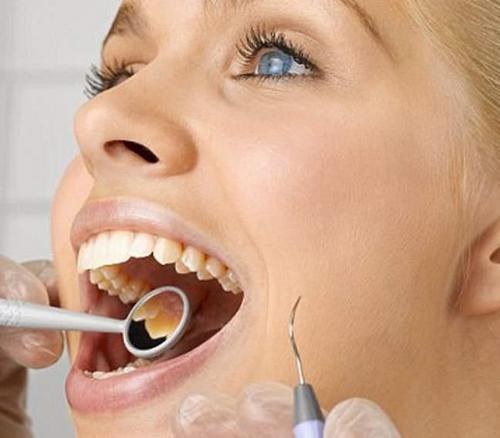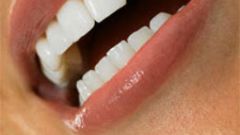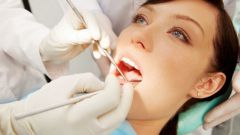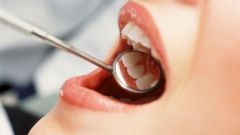Instruction
1
To dental treatment, it was not without pain and without discomfort, contact major well-proven private clinics, where the most modern methods of anesthesia and treatment. For example, intraligamentary anesthesia and laser dentistry allow to cure teeth not only without pain, but absolutely without noise. For pain relief after the treatment you will choose modern methods of anesthesia.
2
Continue to treat the teeth without any pain allows the use of anesthesia. It is most suitable to patients who have a pathological fear of the dental office, children with heightened gag reflex as well as those patients who are unable many times to visit a dental clinic because of its excessive employment. Anesthesia and the dose is selected individually for each patient, the predominant difference between this method of analgesia is the absence of allergic reactions.
3
Applicative anesthesia using aerosolized anesthetics – this is a superficial anesthesia, which is used for the procedure of removing dental plaque at the opening of small abscesses, removal of mobile teeth, and before injection, the patient had not experienced even the slightest pain.
4
Infiltration anesthesia is the most common method of anesthesia today. The patient is injected with the drug, after 5 minutes comes the analgesic effect that allows totally painless treatments for 60 minutes.
5
Local anesthesia allows painless surgery on the gums and large molars. The drug is administered to the fiber of the trigeminal nerve, which helps block the pain.
6
Stem, or regional, anesthesia is used during complex surgeries, injuries, and neuralgia. This type of anesthesia can only be performed in hospital conditions, so as to block the branches of the trigeminal nerve.
7
What type of anesthesia to use doctor decides individually based on the complexity of the treatment to be undertaken and associated diseases present in the patient.



